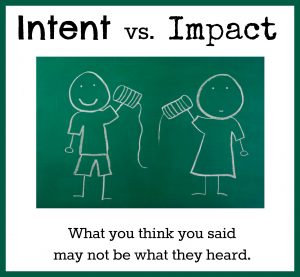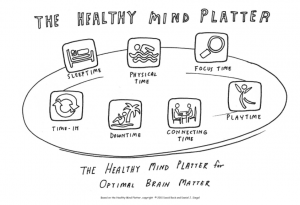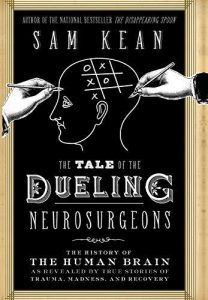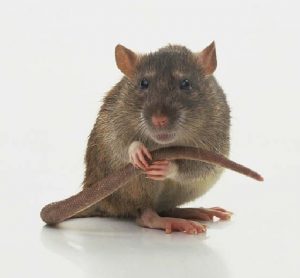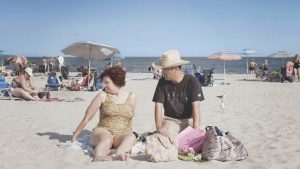
Catharsis
Three hundred and twenty-three days and a significant loss in our family triggered what I call The Great Catharsis. Sometime in early 2020, as the spread of the pandemic reached a critical point, there was a shared sense that something significant was about to happen. For me, this started on March 13, 2020, when my university president announced that, in an attempt to slow the spread of COVID, we would not be returning to campus after spring break. At first, I thought it would be for a few weeks – that was 46 weeks ago.
I admit that when I realized that the call for social distancing was being extended indefinitely, I was excited. Summer was rapidly approaching, and I thought that I would escape having to venture outside in hot and humid weather in professional attire. Despite growing up in Miami and having Caribbean ancestors, I never got used to our summer months. Also, I genuinely enjoyed teaching on Zoom. I found new ways of engaging students that have been surprisingly valuable. The effects of social isolation didn’t hit me until two months into it. I was beginning to understand what my northern friends described as winter months cabin fever. To escape the feeling of walls closing in, I took walks in my neighborhood, watched television shows that reminded me of non-pandemic life, and ventured to the supermarket for anything.
However, as if the pandemic wasn’t enough, we experienced civil strife grow to levels unseen in my lifetime. First, the senseless killing of George Floyd by police released deep-seated emotions that ignited a national protest. Then there was the frantic race to save our fractured democracy from another four years of a divisive and incompetent president. On the home front, we were experiencing additional stressors. First, our university president announced that they will be laying off staff and faculty to recoup some monies lost from a student-less campus. Although I was fortunate to maintain my position, I did have my salary reduced – a better option than the alternative. My husband’s demands at work kept him in his office late nights, and feeling emotionally and physically exhausted. Moreover, we were hearing news of friends and family who tested positive for COVID, and a colleague who died from the virus. But the worst of it was seeing our daughter change – she was slowly losing the spark that defined her personality. After a while, I felt powerless, which switched on my internal defense mechanism of disassociation. The British-produced World War II poster that unpretentiously declared, “Keep Calm and Carry On,” became my mantra. However, one positive change had a significant impact on my ability to manage my feelings of numbness and confinement. My family decided to adopt a new dog, an adorable English Bulldog and Cairn Terrier mix my daughter named after her favorite poet, Maya Angelou. Maya stood out with her wide-eyed face and shaggy fur. She acclimated to our family and won almost everyone over.
Fifteen years ago, my husband and I received Stuart as a gift from my brother-in-law, who had a side business breeding and selling miniature dachshunds. He was the most handsome dog I have ever seen – with unspoiled, soft, penny-colored hair. Throughout our years together, Stuart became a valued member of our family. He was there when we bought our first house, put up our first Christmas tree, and brought our daughter home. But more importantly, Stuart was there for every personal trial. When I was downhearted or anxious, he would sit quietly next to me, allowing me to stroke his head while working on solutions. Stuart tolerated captivity as I tightly hug him until I felt better. He felt reassuring, and I suspected that he knew this. He was a good boy.
Stuart did not take to Maya the way the rest of us did. Maya’s constant nudging of Stuart, while he rested quietly in his bed annoyed him. He usually growled as a warning, but she didn’t take the hint as often as he hoped. It was a team effort to keep Maya from Stuart. Everyone kept an eye on her, ready to yell at her to leave Stuart alone. For the most part, it was easy to keep her away from Stuart.
Maya demanded a lot of attention, which we were happy to accommodate. Lucia loved playing with Maya, and the feeling was mutual. It was nice to see Lucia’s spark again. There was a new energy in our house, which helped with the mundane daily rituals. Unfortunately, this new energy was overshadowed by Stuart’s decline in health. It was a gradual decline – he slept longer, ate less, and withdrew more. Stuart had difficulty walking and resigned himself to shitting in his sleep. He was unrecognizable – his once healthy girth and beautiful coat were replaced with protruding bones and psoriasis. We felt helpless. We did our best to make sure that he was comfortable, but this became harder to achieve. Stuart was in constant pain, howling at night in discomfort due to the discs in his spine deteriorating. The vet prescribed pain-killers, which we pumped him with, but it wasn’t enough. It was clear that we could not keep him alive much longer. The decision was made to euthanize our sweet Stuart.
During the last few days, Stuart’s cries were tearing down my internal defenses, and I felt my stress rising. I wanted to keep my feelings buried, so I walked away from him and stayed away. I went deeper into my disassociation. I abandoned him. I knew this, and he knew this. I saw it in his eyes.
Stuart is gone and no longer in pain. He is finally free. I should have felt relief after his death, but I didn’t. I felt an enormous amount of guilt and shame for abandoning him, and I wept for two days. My sorrow was penetrating and deep, and wouldn’t let go. I couldn’t shake the feeling that I failed him. I could have been by his side, the way he was for me all these years. My husband did his best to console me, making the claim that Stuart understood and forgives me. But this didn’t help. I did not feel his forgiveness.
On the second day, my body started hurting. My crying was so physical that it battered muscles I didn’t know existed. I also felt different. My sorrow somehow felt broader, yet more intense. There was a shift from feeling shame and guilt to grief. Once I realized this, my grief started mounting. I began to grieve for my loss of a family member and supporter. I grieved for my daughter’s loss. She loved Stuart. They shared a special bond, and now that was gone to her forever. I grieved for my husband, who also grew to love him and was the one to manage Stuart’s end-of-life process. This was hard for him, even though he approached it with stoicism. The awareness of what was affecting me kept unfolding, extending to everything I had bottled up for 323 days. All the stress, anger, sadness, and fears I was trying to run away from, poured out of me. Everything came out, and by the end of a long and exhausting day of grieving, I was done. I felt liberated. I became aware of all the time I had wasted trying to escape.
We are approaching our first anniversary of social isolation, and it’s been nothing but a blur. I don’t want to go back to avoiding life. I want to appreciate all experiences, good and bad. I want to be present with my family and friends and to grow from this journey we are all on. It took Stuart’s death to release me from the prison I unknowingly made for myself. I now feel relief for Stuart not suffering anymore. I also feel that deep down, he forgives me. This was his last gift to me. He still is a good boy.
